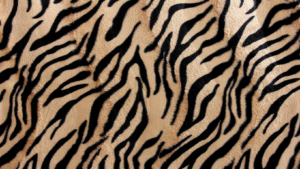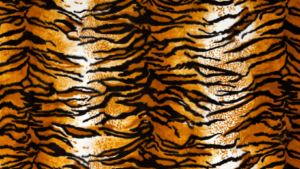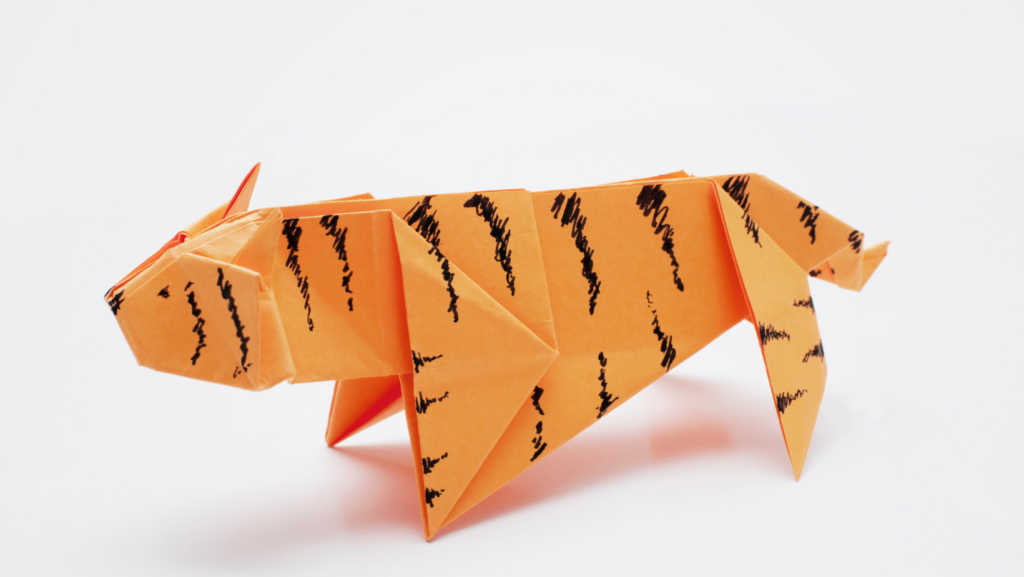Japanese tiger art captivates with its bold lines and vibrant colors, embodying strength and grace. Rooted in centuries-old traditions, these majestic creatures have roared their way into the heart of Japanese culture, symbolizing power, protection, and courage. From ancient ink paintings to contemporary interpretations, tiger art has evolved, yet it remains a timeless expression of artistry and symbolism.
Historically, Japanese artists have drawn inspiration from Chinese art and mythology, where tigers are revered as guardians of the west and powerful spirits. This influence is evident in the meticulous brushwork and dynamic compositions that characterize Japanese tiger art. Artists capture the essence of the tiger, blending realism with stylized elements to create pieces that are both awe-inspiring and culturally significant.
Japanese Tiger Art

Chinese culture significantly influenced Japanese tiger art, introducing it during the Nara period (710-794 AD). Artists drew inspiration from Chinese scrolls and envisioned tigers amidst nature. In Japanese mythology, the tiger became a symbol of strength and protection due to these influences.
Suzuki Hanroku, a renowned artist of the Edo period (1603-1868 AD), popularized this art form. He utilized bold brushstrokes that captured the tiger’s might and beauty. These paintings shifted from simple depictions to intricate compositions, incorporating traditional Japanese themes.
Iconography And Symbolism
Japanese tiger art is rich in iconography, serving as a potent symbol within Japanese culture. Tigers hold various meanings, ranging from power to protection in artistic representations.
Representation In Japanese Culture
In Japanese culture, tigers often symbolize courage and protection. Temples use tiger imagery as guardians to ward off evil spirits. Samurai clans also associate tigers with bravery; warriors adorned themselves with tiger motifs on armor. Art depicting tigers in natural settings emphasizes these fierce animals as protectors of the land.
Symbolic Meanings And Interpretations
Tigers in Japanese art signify strength and prowess. They embody the qualities of power and grace and often appear alongside dragons, representing a balance of forces. In folklore, tigers are considered divine creatures, believed to possess the ability to control winds and bring prosperity. Additionally, the depiction of tigers in seasonal contexts illustrates their connection to the lunar calendar, where they symbolize vitality in spring.
Techniques And Styles

Japanese tiger art employs diverse techniques and styles that have evolved over centuries, characterized by both traditional methods and the influence of other artistic movements. These elements combine to create a multifaceted art form appreciated globally.
Traditional Painting Methods
Traditional Japanese tiger art often uses ink wash painting, also known as sumi-e, which involves black ink on washi paper or silk. Artists achieve varying tones through brush pressure and ink dilution, resulting in dynamic depictions. Nihonga, a style embracing natural pigments, allows detailed and vivid colorization, adding depth to tiger art. Kakejiku scroll paintings, commonly featuring tigers, serve as wall hangings in homes and temples, showcasing both the artist’s skill and the art’s spiritual meaning.
Influence Of Other Artistic Movements
Japanese tiger art has drawn inspiration from various artistic movements, including Ukiyo-e, known for its woodblock prints. Artists such as Utagawa Kuniyoshi incorporated tigers in dramatic scenes, blending realism with stylization. The Rinpa school, emphasizing bold colors and decorative patterns, influenced tiger depictions, enhancing the visual impact. Modernist elements appeared in the Meiji period (1868-1912 AD) as Western artistic styles merged with traditional techniques, creating innovative interpretations of tigers.
Modern Interpretations And Innovations

Japanese tiger art remains vibrant and dynamic, adapting to contemporary tastes while preserving traditional elements. Modern artists explore innovative ways to blend historical motifs with current artistic trends.
Several contemporary artists reinvigorate Japanese tiger art by drawing on classic techniques and iconography. Miwa Komatsu, known for her vivid and spiritual interpretations, incorporates the tiger’s protective qualities into her spiritual artworks. Akira Yamaguchi merges traditional Nihonga elements with modern themes, often depicting tigers in urban landscapes. These artists pay homage to the past, ensuring the art form’s continued relevance.



